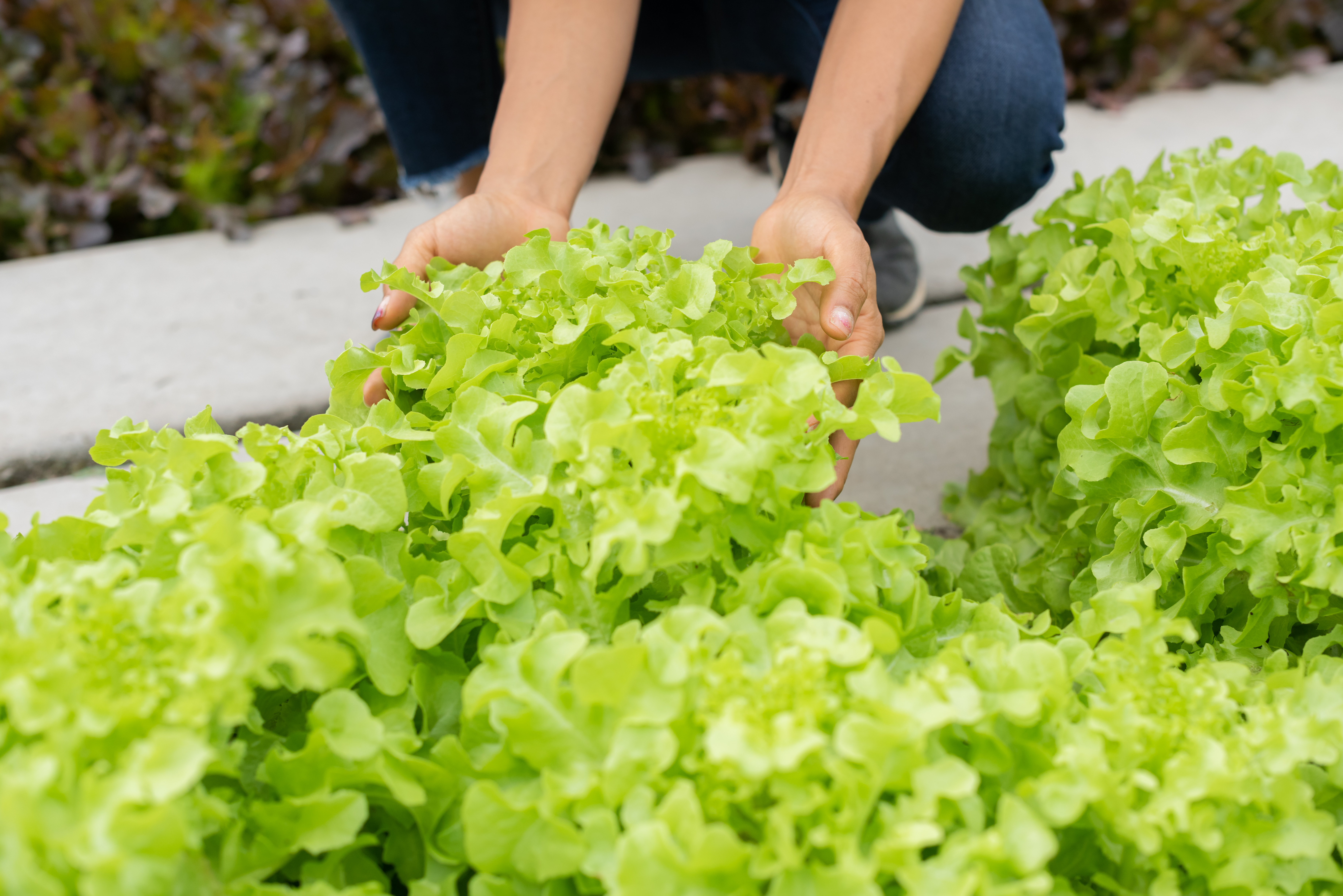Climate change is becoming a greater problem as each day passes, with living a more sustainable lifestyle being one of the easiest ways to minimize the damage as an everyday citizen. One of the actions that pops out when talking about having a sustainable journey is understanding your carbon footprint and reducing it. Let’s take a look at what this means, how to calculate your personal carbon footprint and how to lower that number.
Photo from Freepik
What is carbon footprint?
A carbon footprint is a phrase often used when discussing about the environment and climate change. It is the total amount of greenhouse gases produced to directly and indirectly support human activities, an organization, or a nation’s actions. Usually, it is measured in tons of CO2e (carbon dioxide equivalent).
Additionally, take note that greenhouse gases are types of gases in the atmosphere that trap heat, keeping the Earth warmer that it would be without them. This means, greenhouse gases are a good thing, but, adding too much of it to the atmosphere brought by human activities can be a problem.
How to reduce carbon footprints at home?
Simply saying, you can reduce your carbon footprint through reducing the amount of energy we use, eating fewer animal products, shopping locally, and reducing your waste. To breakdown these ways, here are some tips on how to reduce your carbon footprint and start living a more sustainable and eco-friendly life. Let’s begin it at home since we are spending much of the time there.
Avoid using cleaning products with harmful chemicals. Consider using biodegradable and non-toxic products to help eliminate airborne chemicals at your home, making it healthier.
Save water. Rinse water from vegetables and meats can be used to water plants, while laundry rinse water can be used for flushing in the toilet. Turning the faucet off when you don’t need to run water also saves a lot!
Photo from Freepik
Repurpose food containers. Give your take-out tubs a new life! Reuse them for leftovers and/or recycle them by repurposing them into a useful pen holders, table organizers or pots.
Grow produce in your garden or backyard. Growing your own food will take less resources to make its way to your table. You are also welcome to cooking more plant-based meals. Also, through this, you can skip the plastic-packaged food from the groceries.
Photo from Freepik
Reduce ‘throw-away food’. Food wastes turn into major greenhouse gas in landfills. To avoid this, buy only the amount you need, store food properly, declutter your fridge, and compost food scraps.
Invest in installing solar panels for your home. This may be the most(and only) costly thing to do in the list, but bear with us. Solar panels allow your home to harness the power of the sun. It both helps shrink your carbon footprint by giving clean energy and cuts down your electricity bill at the same time!
Have you done any of these ways before? Share it with us!
CITATIONS:
- Hirsh, S. (2019, August 1). How to Reduce Your Carbon Footprint at Home, At School, and More. GreenMatters. https://www.greenmatters.com/p/reduce-carbon-footprint-at-home
- Weaver, J. (2020, August 14). 17 Ways to Reduce Your Carbon Footprint at Home. REDFIN. https://www.redfin.com/blog/17-ways-to-reduce-your-carbon-footprint-at-home/
![]()













